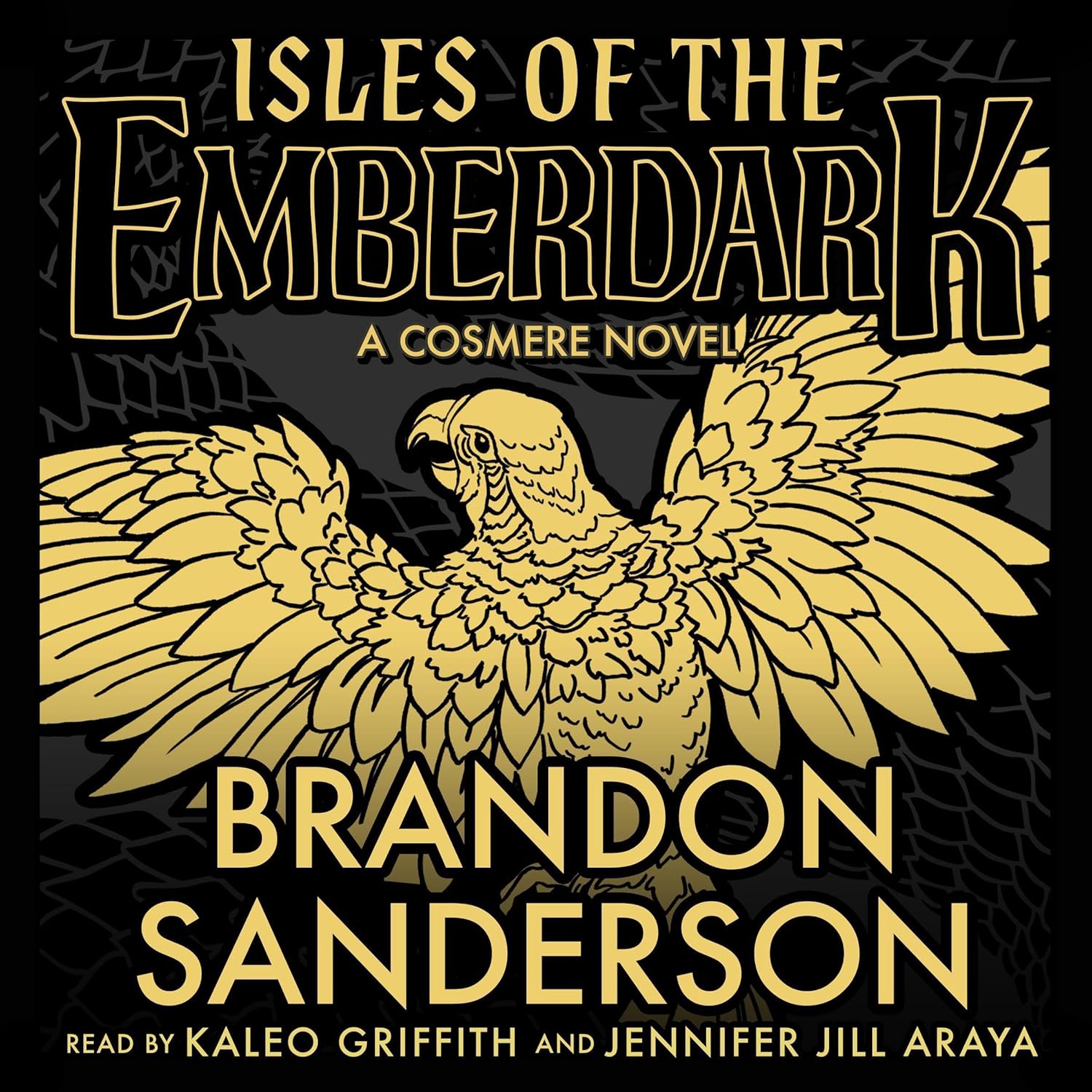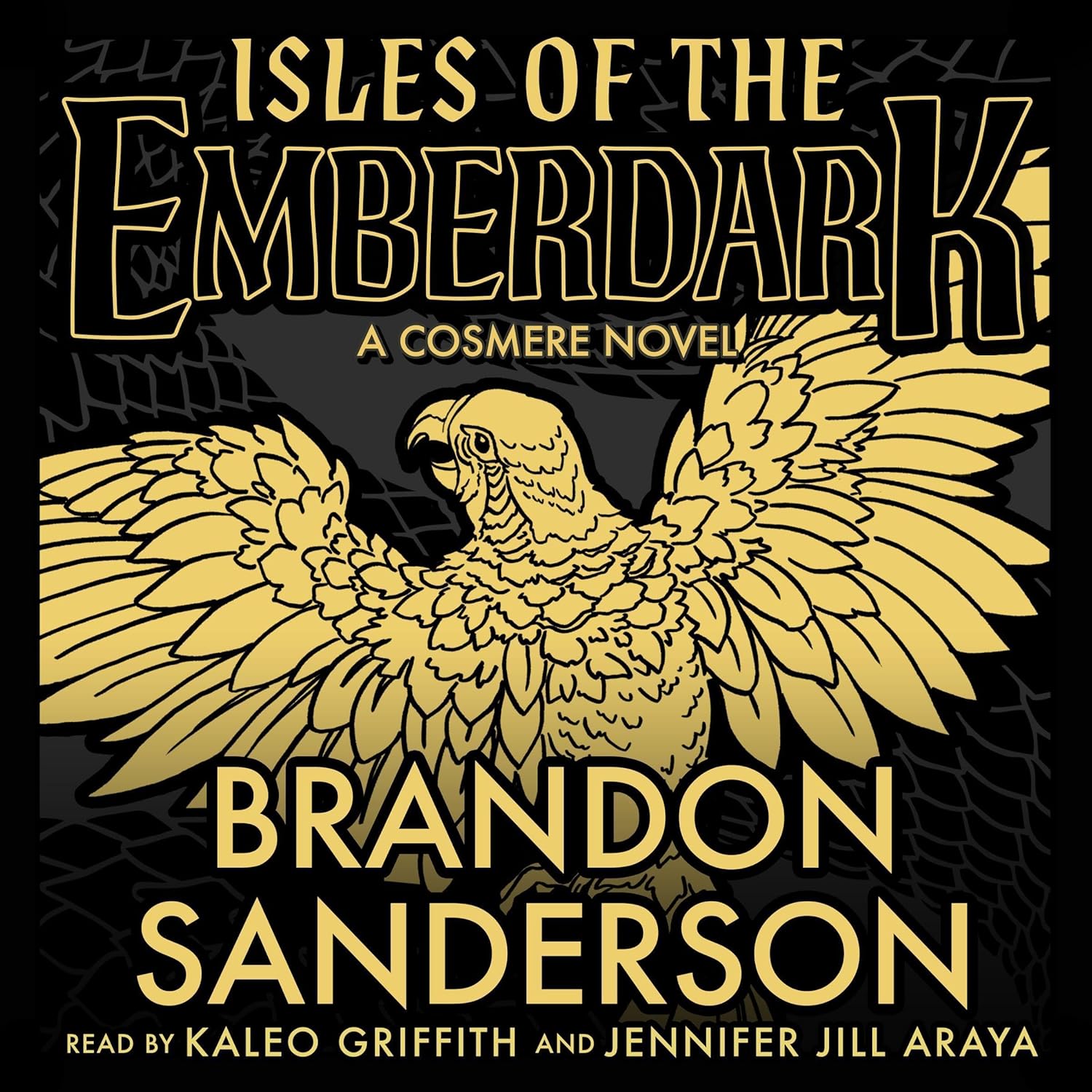From the moment I picked up Sixth of the Dusk by Brandon Sanderson, I was eager to dive into a new adventure set in his expansive Cosmere universe. As a long-time fan of Sanderson’s intricate world-building and engaging narratives, I was particularly drawn to this standalone novel after hearing it melds elements of survival, mysticism, and interstellar conflict. The combination of folklore and the looming threat of conquest by the Ones Above was a tantalizing hook that I couldn’t resist.
The story centers on Dusk, a traditional trapper of Aviar on the perilous island of Patji, who finds himself racing against time to save his people from the impending threat of invaders. I felt an immediate connection with Dusk, a character whose love for his people and home compels him to undertake a perilous journey into the emberdark. The dual narratives of Dusk and Starling, a young dragon in human form seeking her freedom, added depth and layers to the story. This storytelling approach allowed me to view their struggles from both a grounded, tribal perspective and a broader, cosmic frame.
One of the clear strengths of this novel is Sanderson’s masterful world-building. As I journeyed through Patji and the emberdark, I was mesmerized by the vivid imagery and rich lore. The Aviar, these supernatural birds that bond with Dusk’s people, are not just mere creatures but integral to their way of life. This mythology felt deeply fleshed out, making each encounter loaded with significance. The depth of the setting thoroughly exceeded my expectations.
Another highlight was the pacing; Sanderson skillfully maintained tension throughout the novel. The stakes felt high for both main characters, as Dusk and Starling’s paths converged in a series of perilous bargains and poisonous politics that kept me turning the pages late into the night. The intricate plot twists and character growth added a riveting complexity that highlighted Sanderson’s prowess as a storyteller.
That said, I did find certain aspects of the narrative a bit overwhelming. Some readers have noted that the sheer extent of world-building can occasionally slow the pace of the story, and I have to agree with this sentiment. There were sections where I felt the narrative lingered too long on exposition, drawing me away from the immediacy of Dusk’s quest. While the richness of detail is a hallmark of Sanderson’s work, I sometimes wished for a quicker transition to pivotal plot developments.
Another drawback I encountered was the familiarity of some genre tropes. While the combination of a trapped hero seeking freedom and the overarching theme of race against time feels classic, there were moments when I felt the story leaned into predictable outcomes. I craved some narrative surprises beyond the known tropes—something to catch me completely off guard.
Overall, despite these drawbacks, Sixth of the Dusk delivers an exhilarating experience filled with enchantment and adventure. The novel’s exploration of personal sacrifice for the greater good resonates powerfully in today’s context, making the storyline all the more relevant.
In conclusion, I would recommend this book to anyone who relishes a well-crafted blend of fantasy, adventure, and mythology. For fans of Sanderson, it’s a must-read that encapsulates his trademark style while also inviting newcomers to explore the vastness of the Cosmere. Just be prepared for a few slower moments and be ready to buckle in for an adventure that traverses both seas and stars. I’d rate Sixth of the Dusk a solid 4 out of 5 stars—it captivates and enchants, despite its minor drawbacks.








